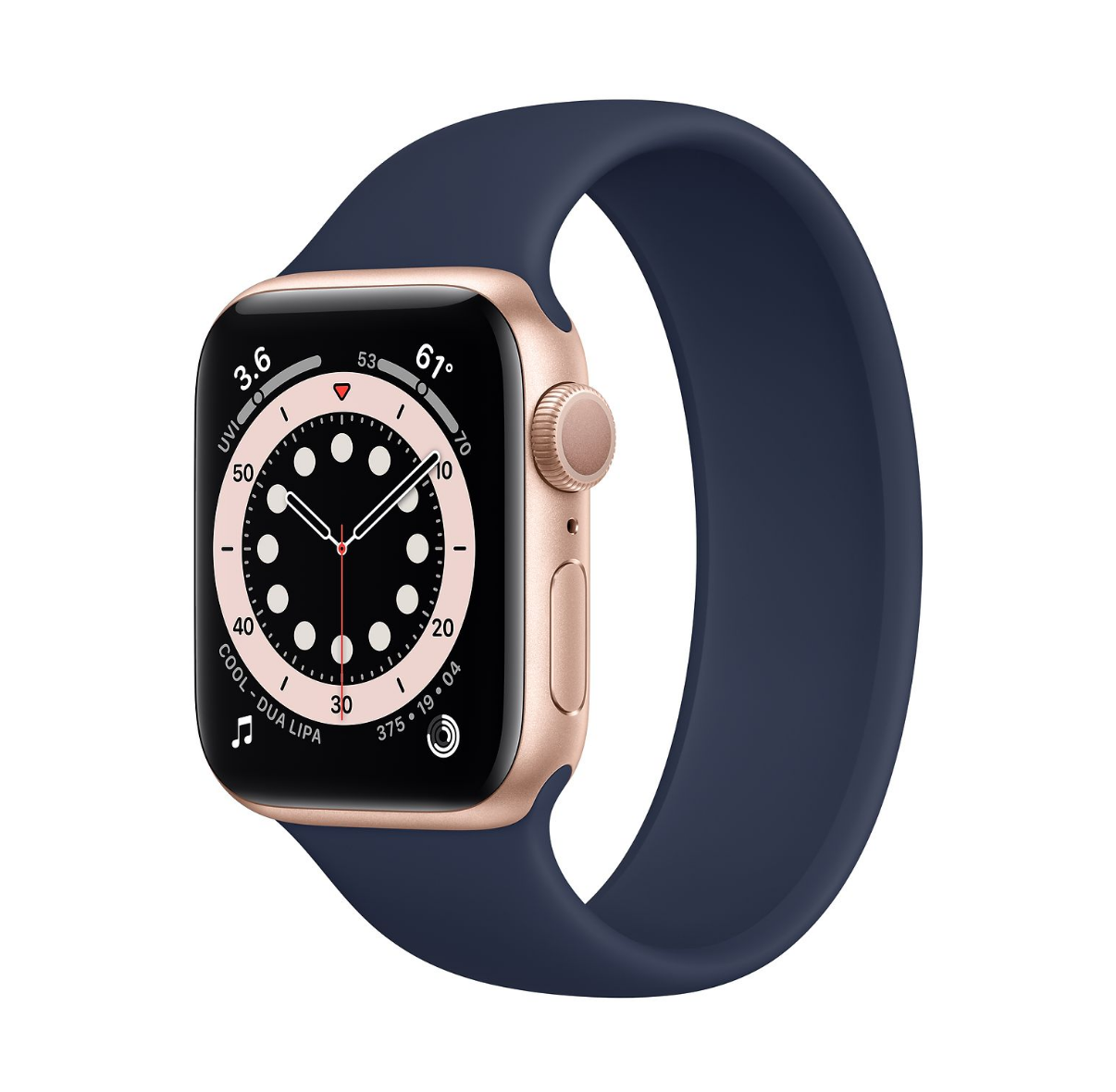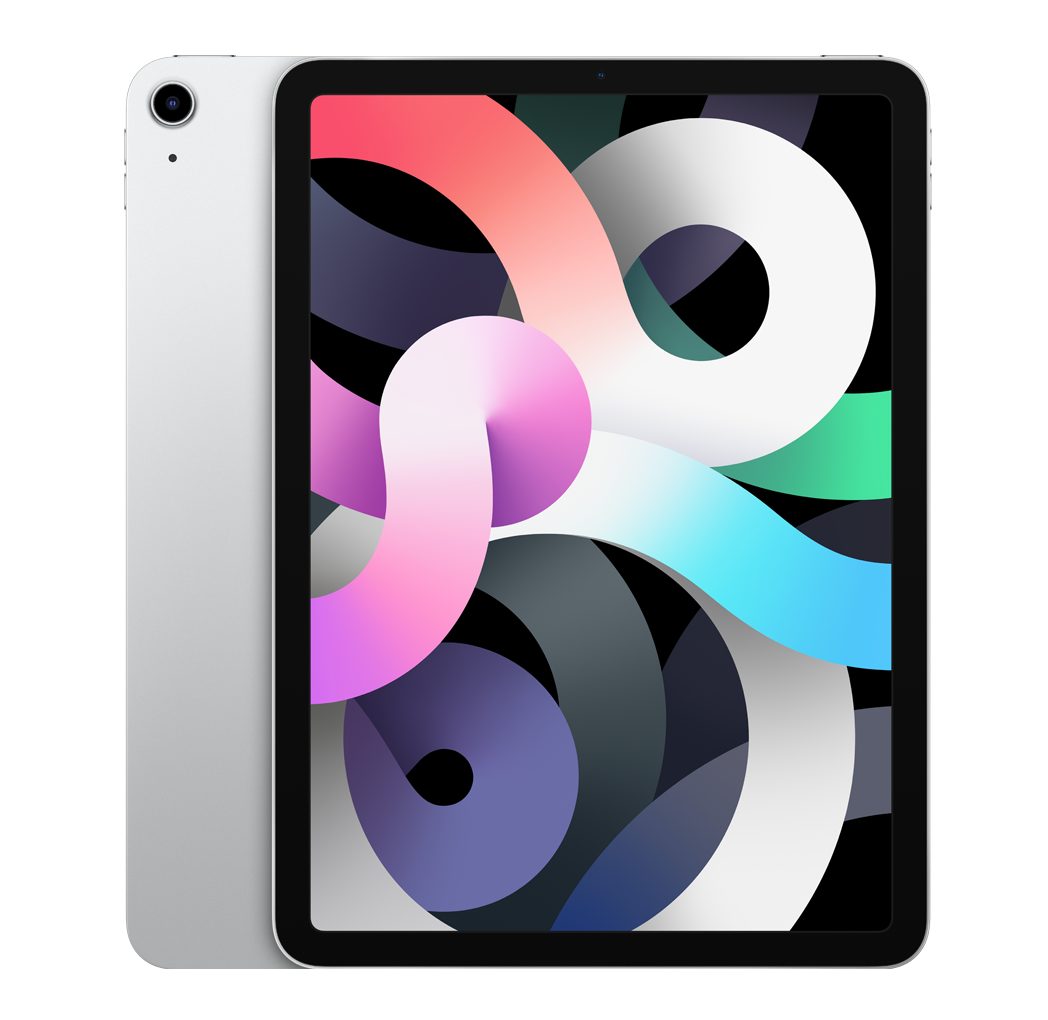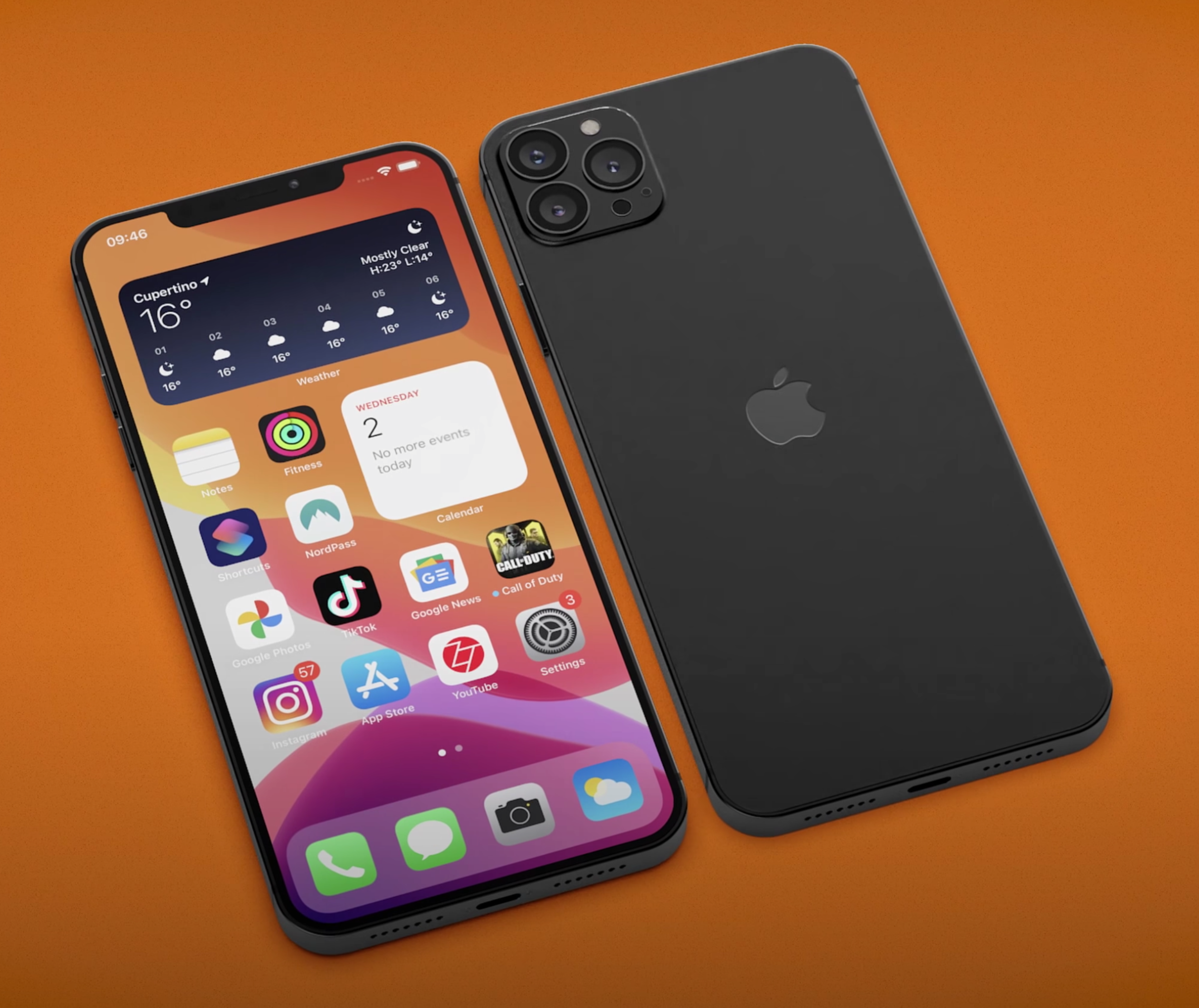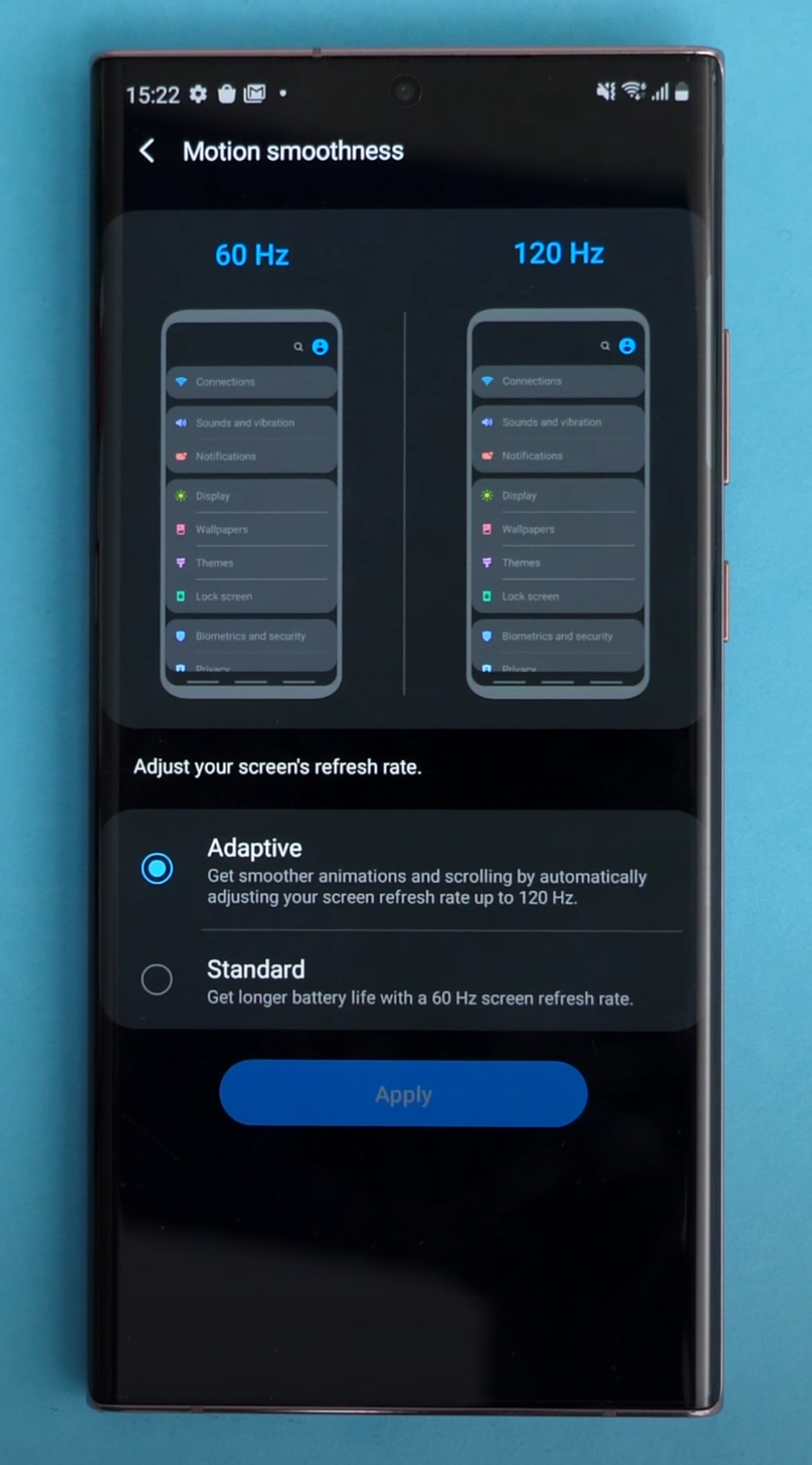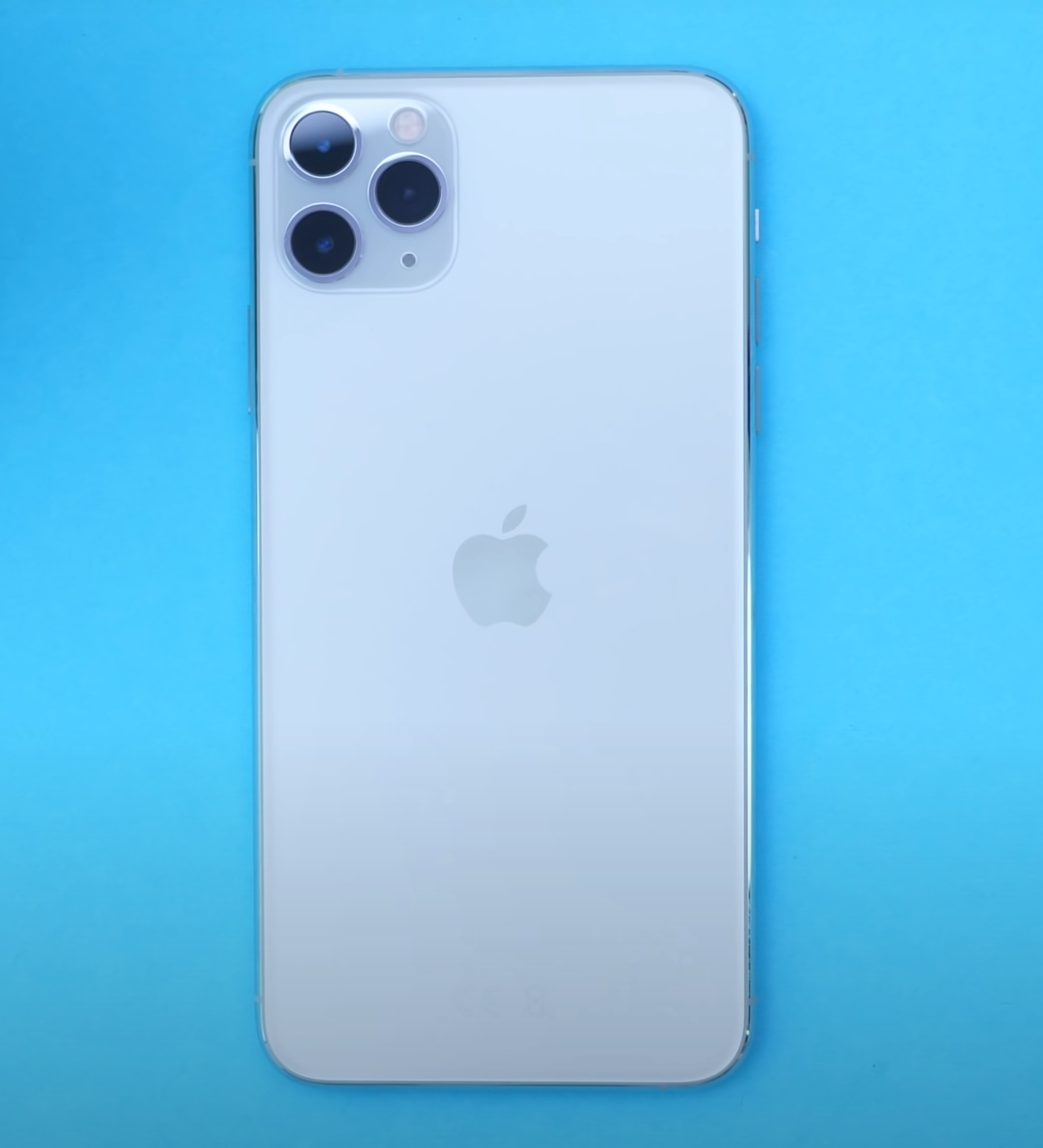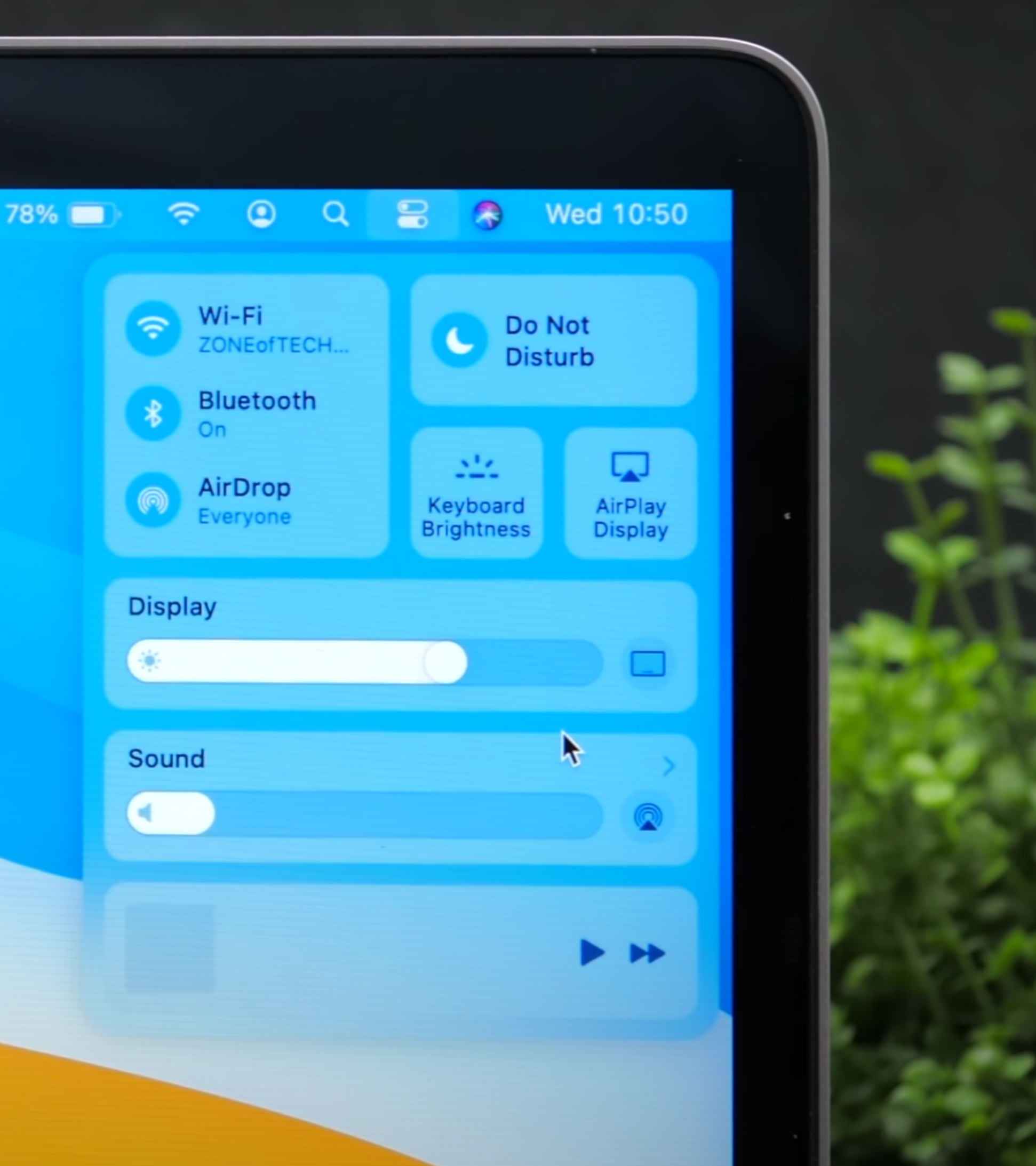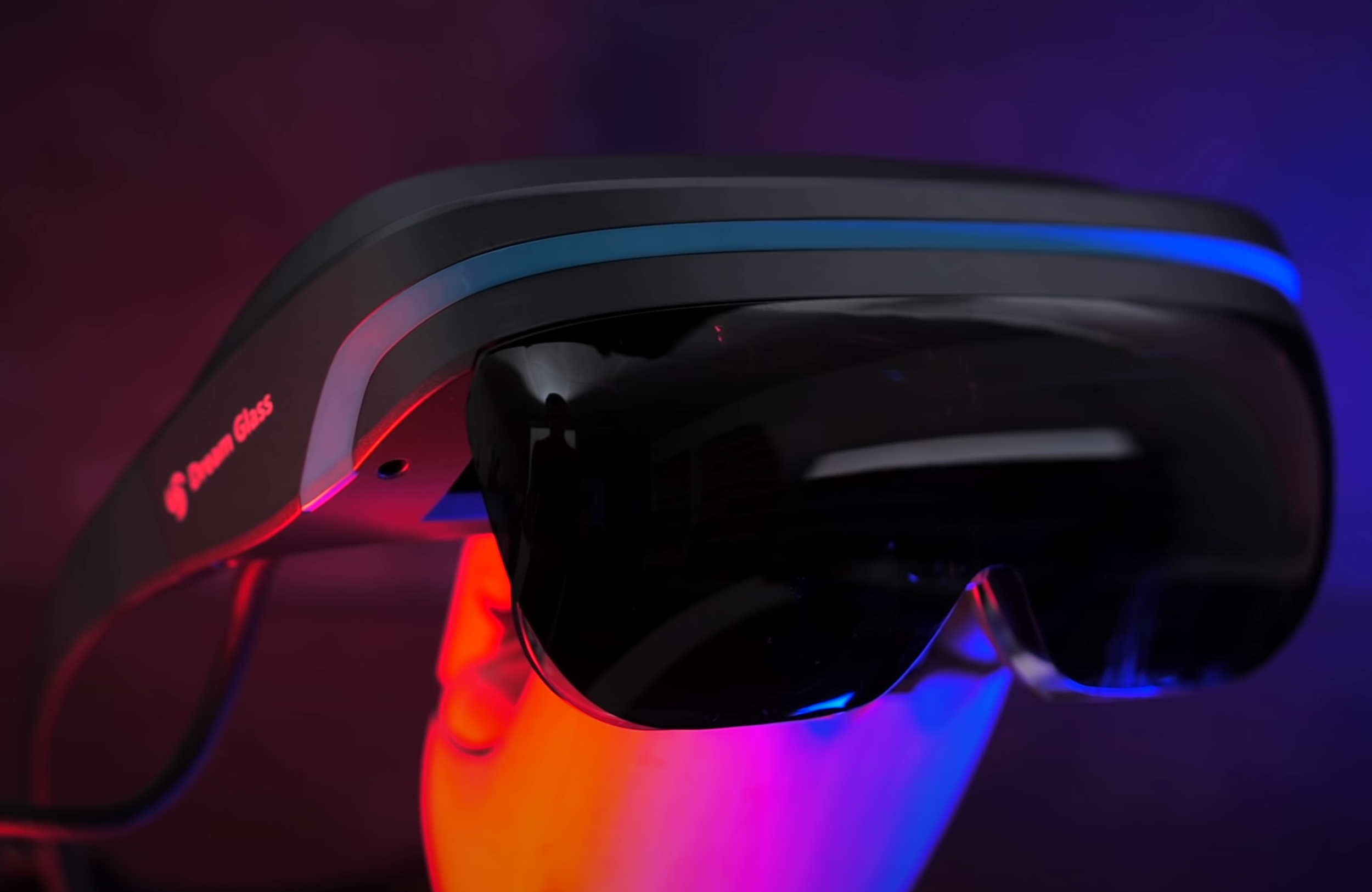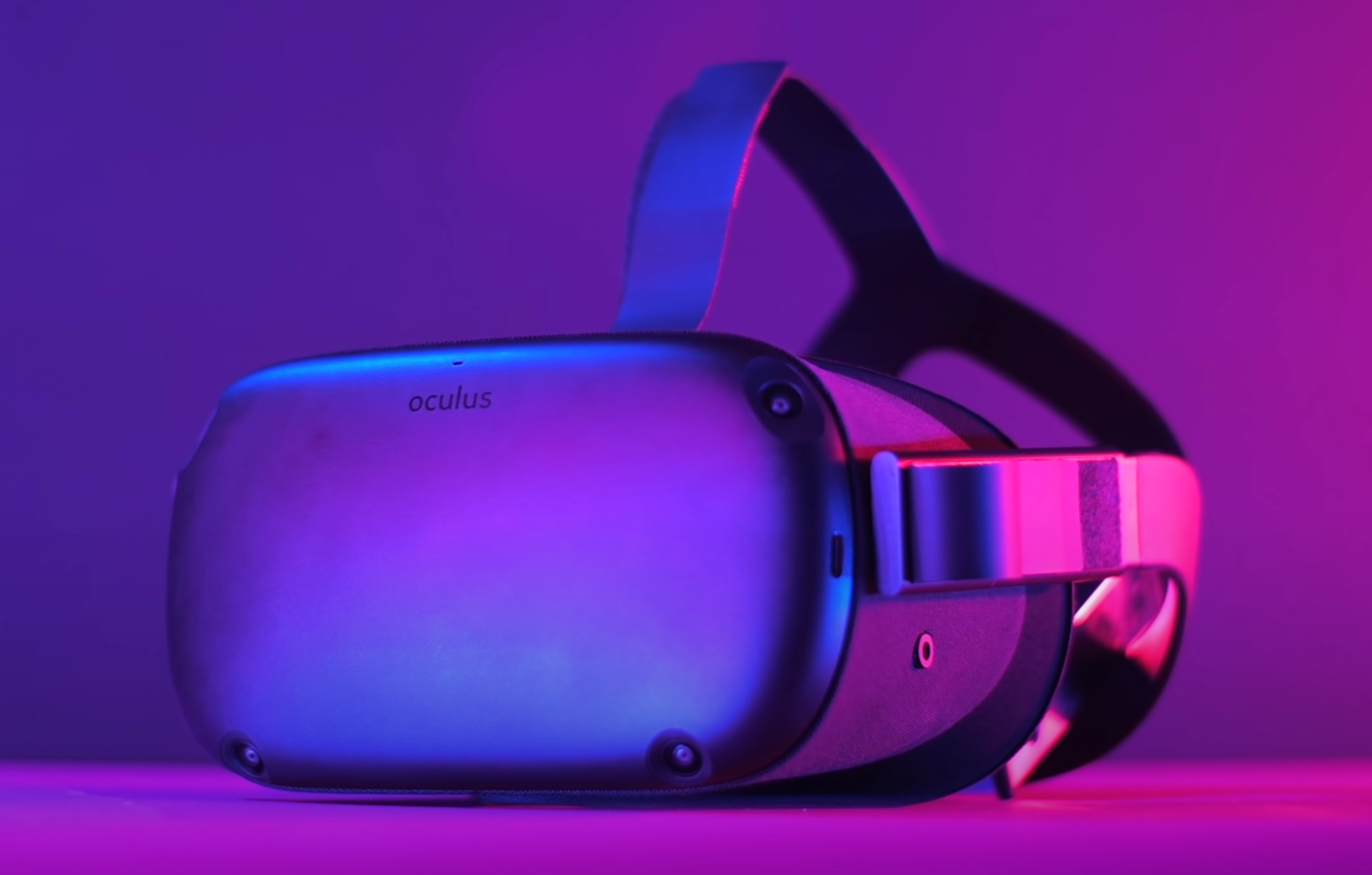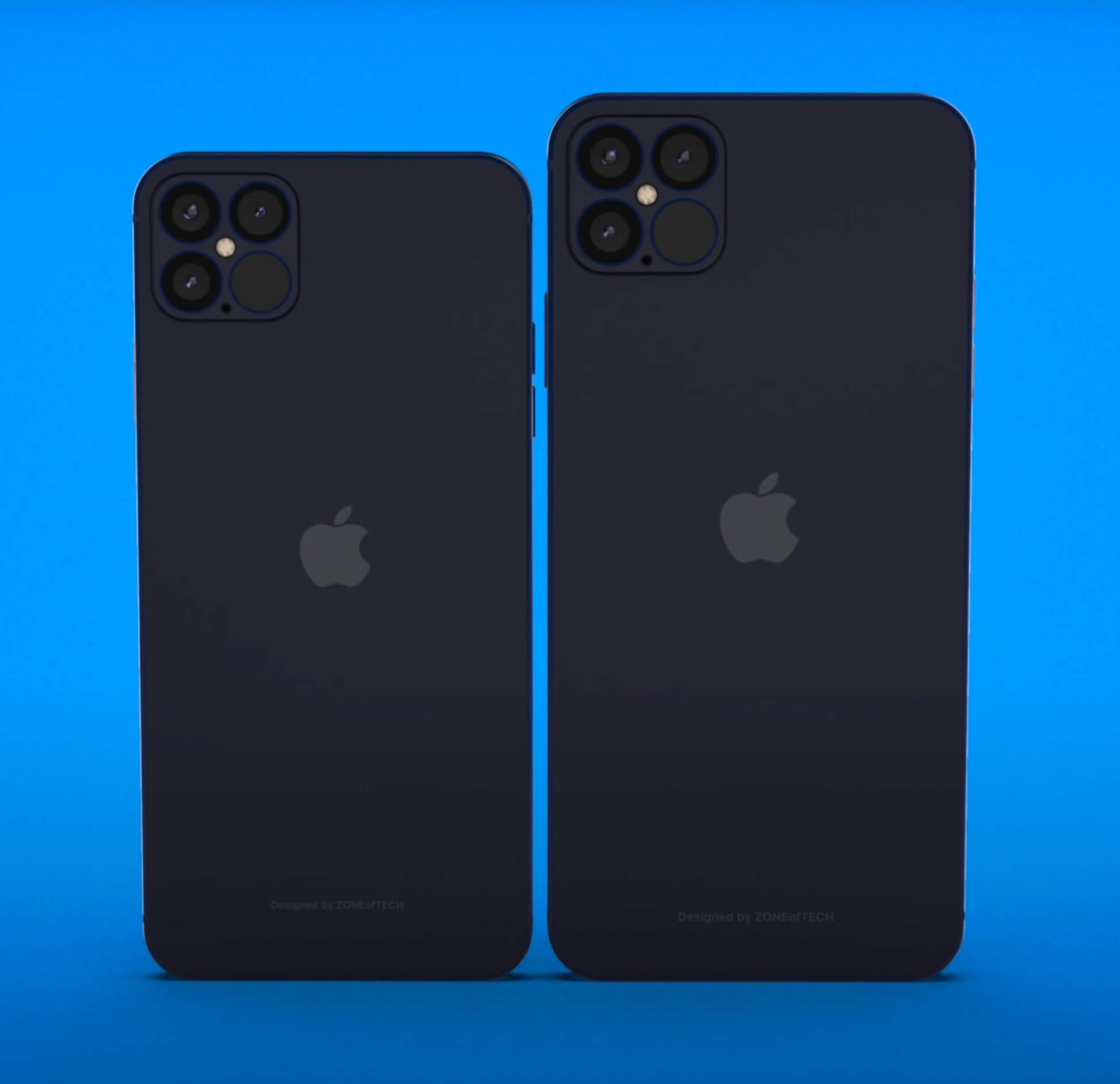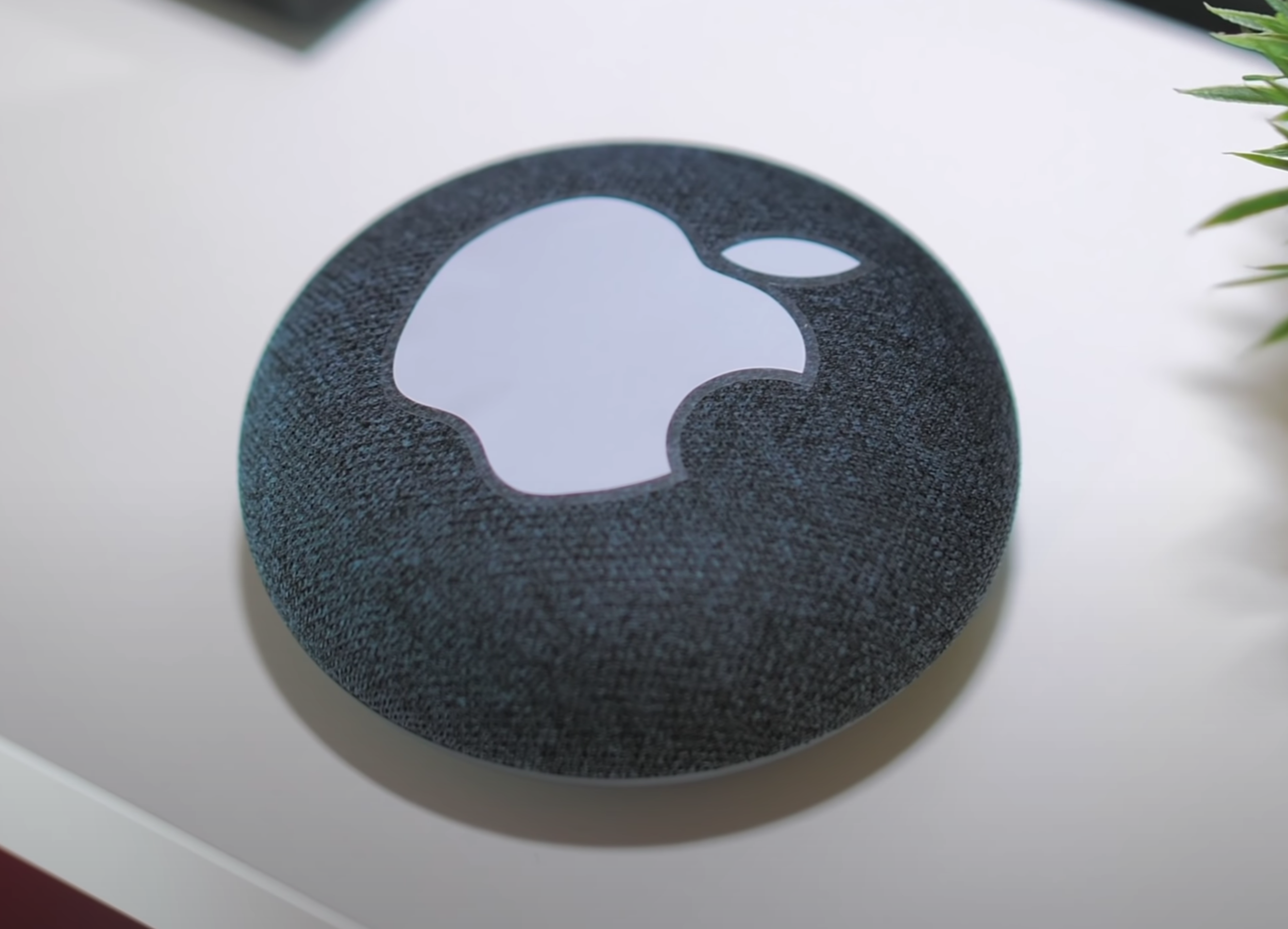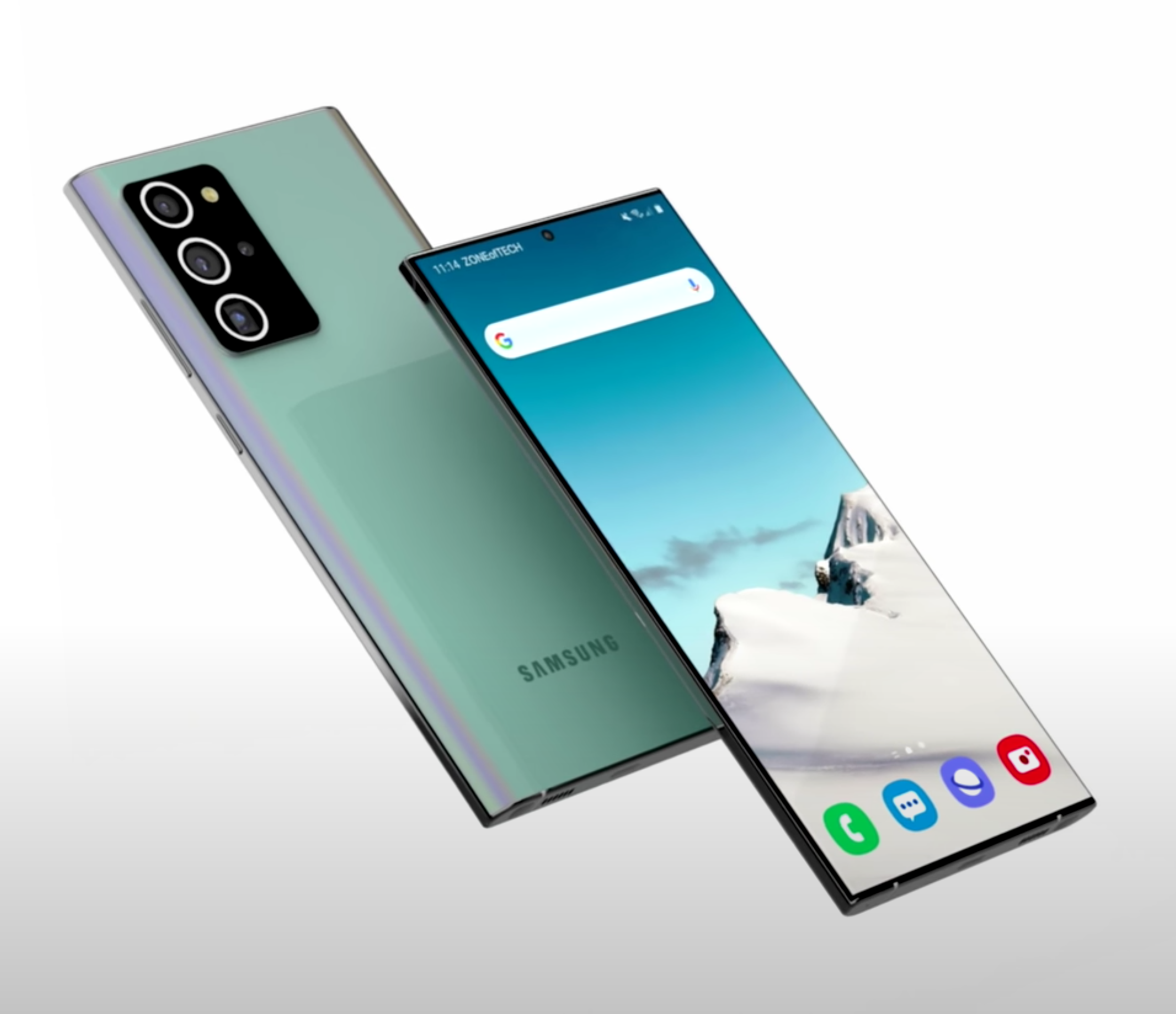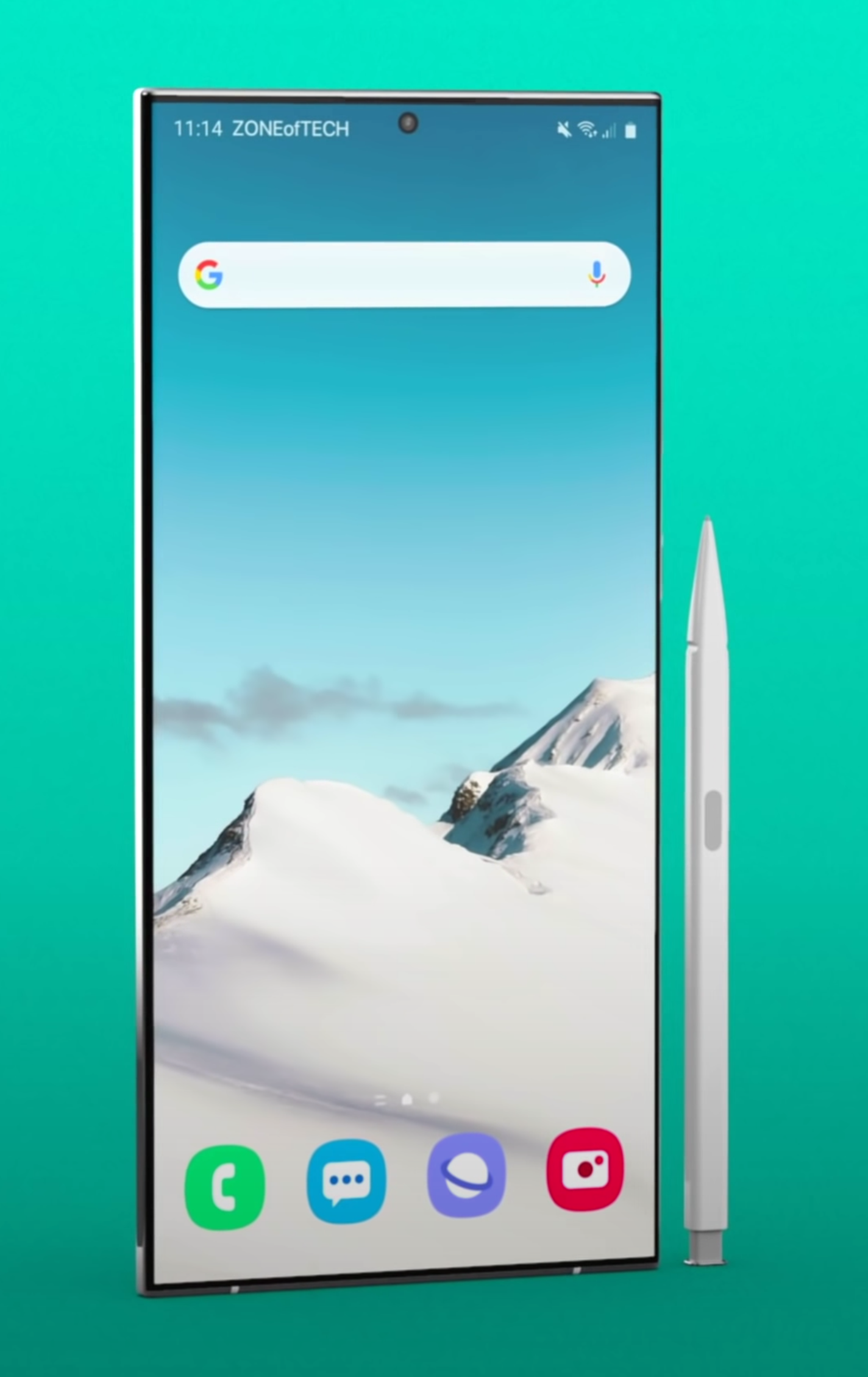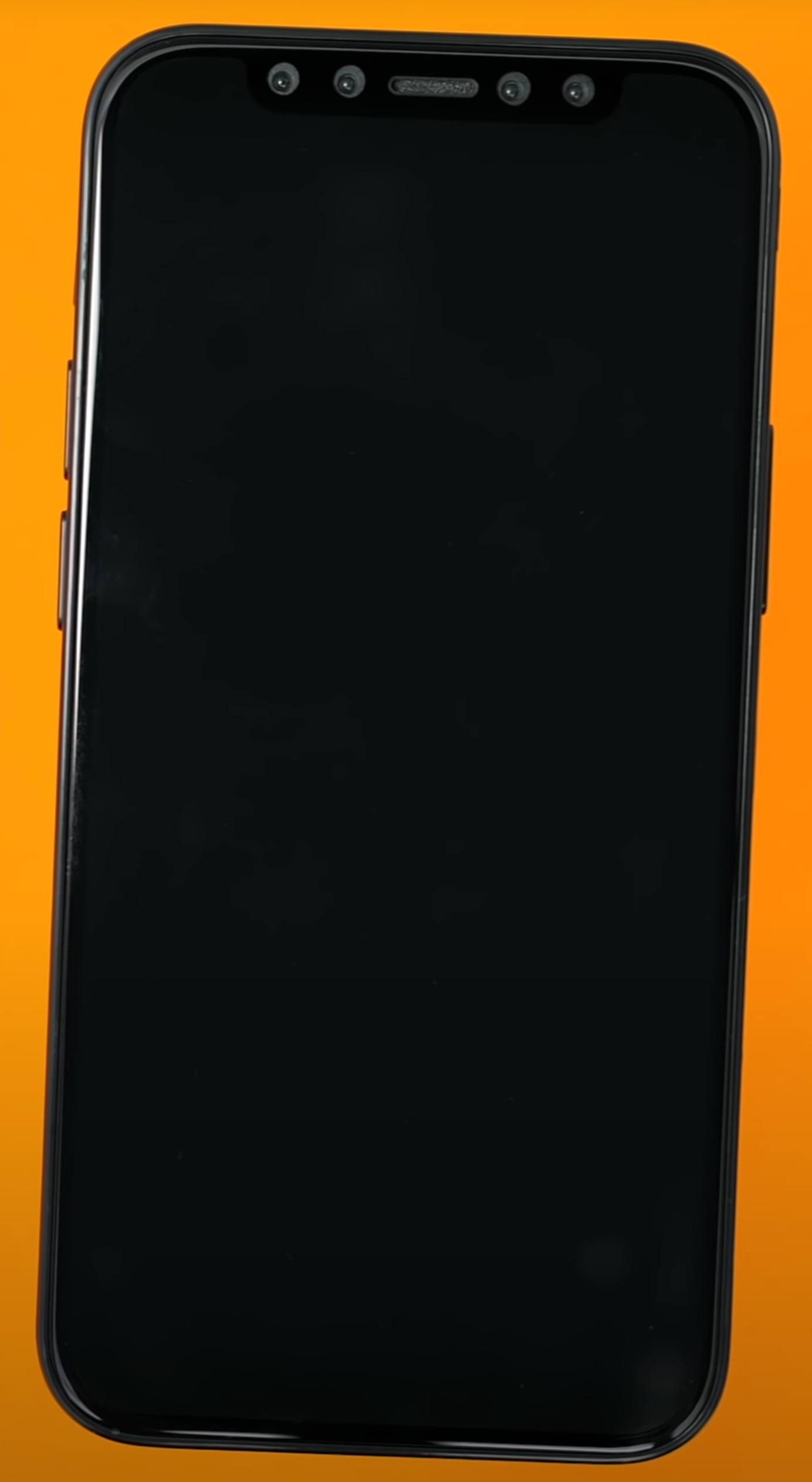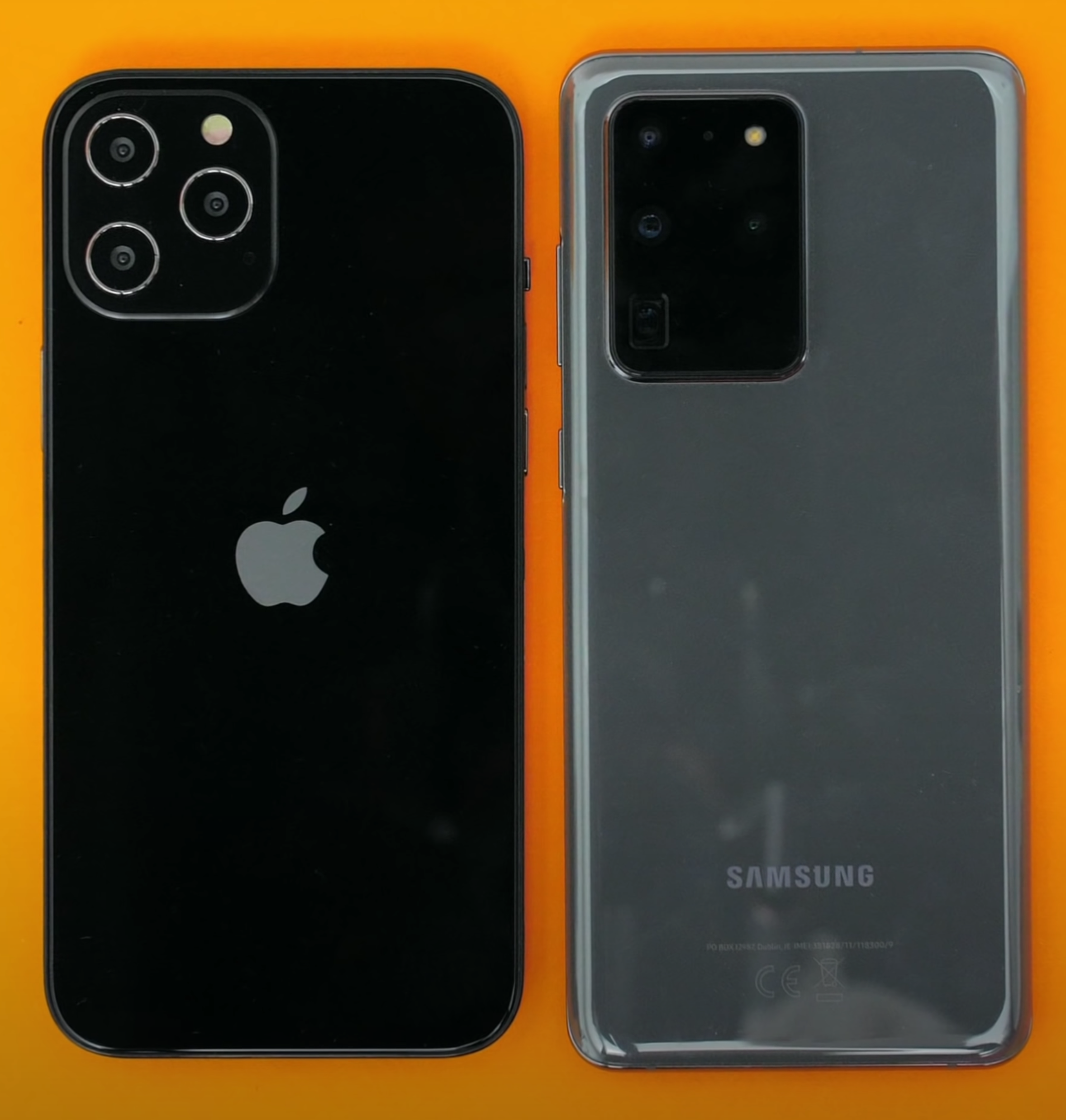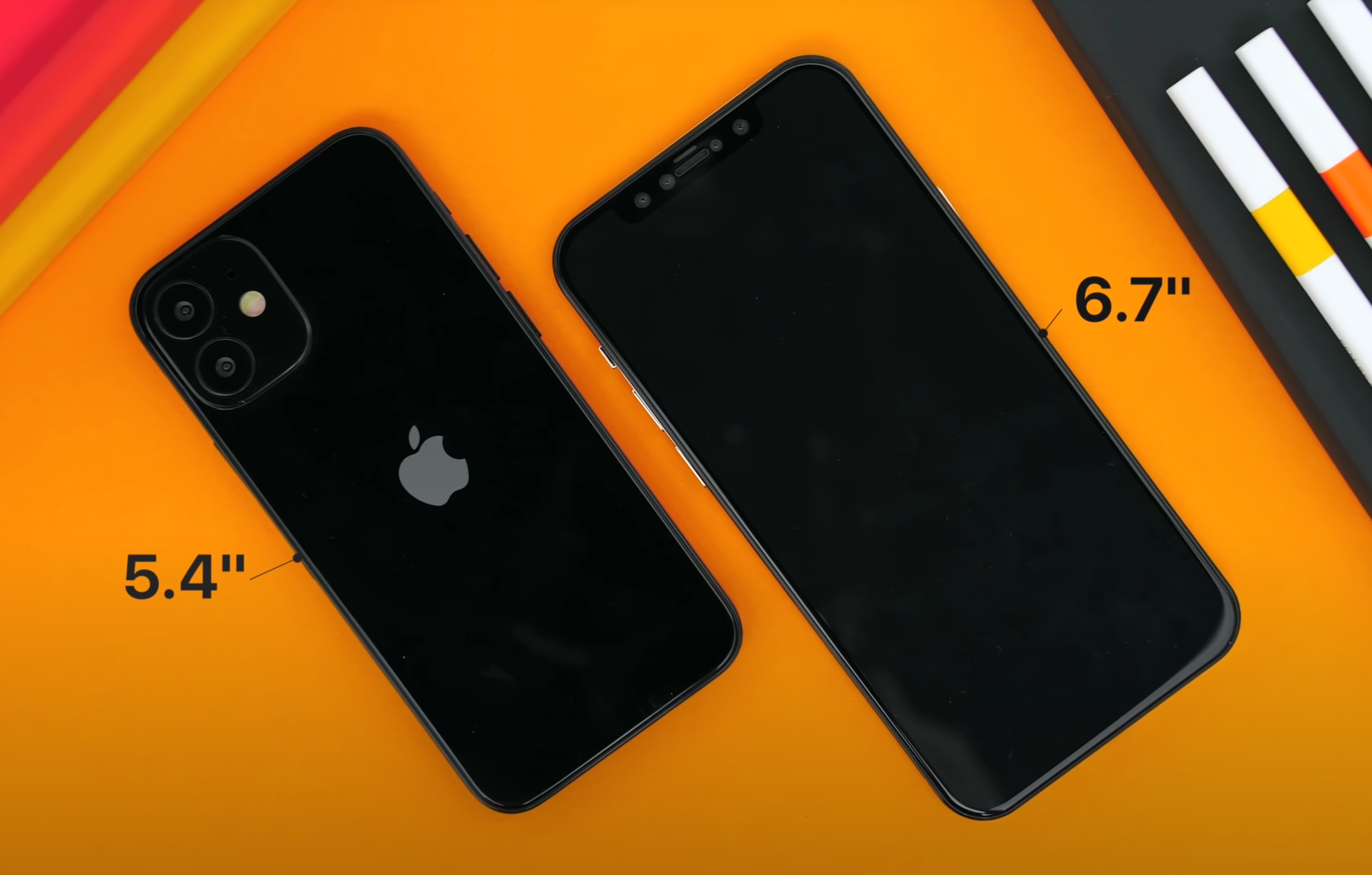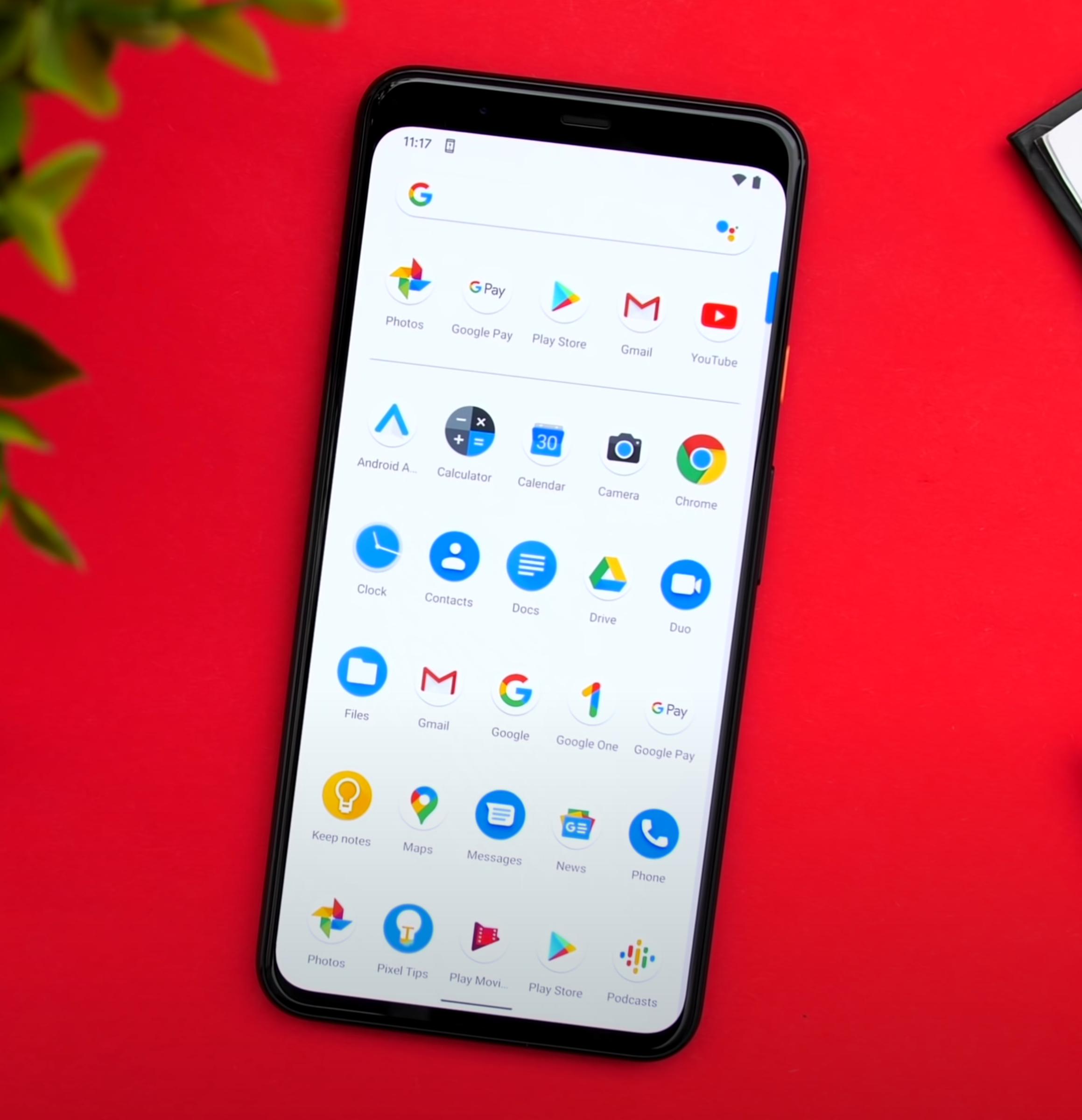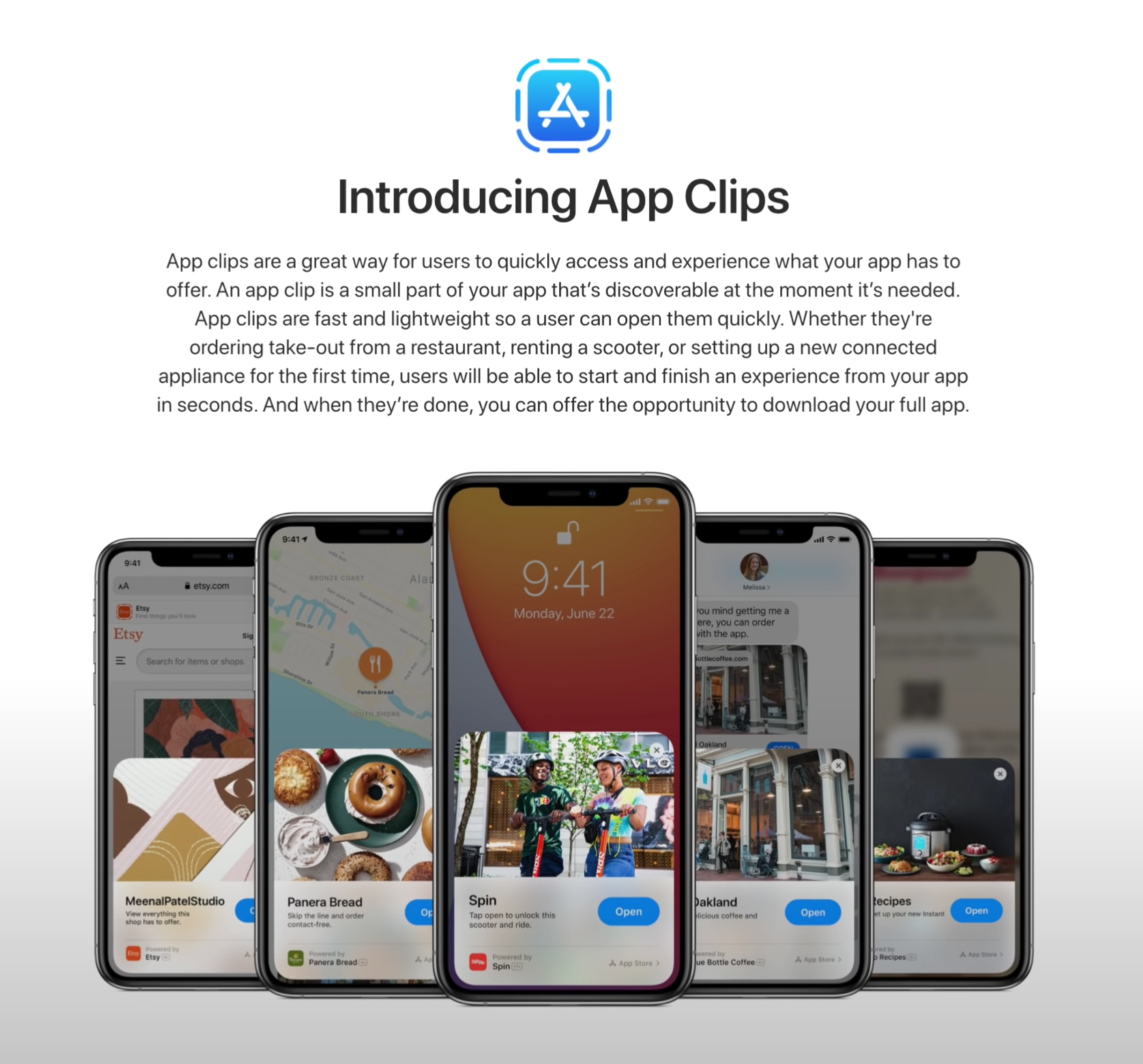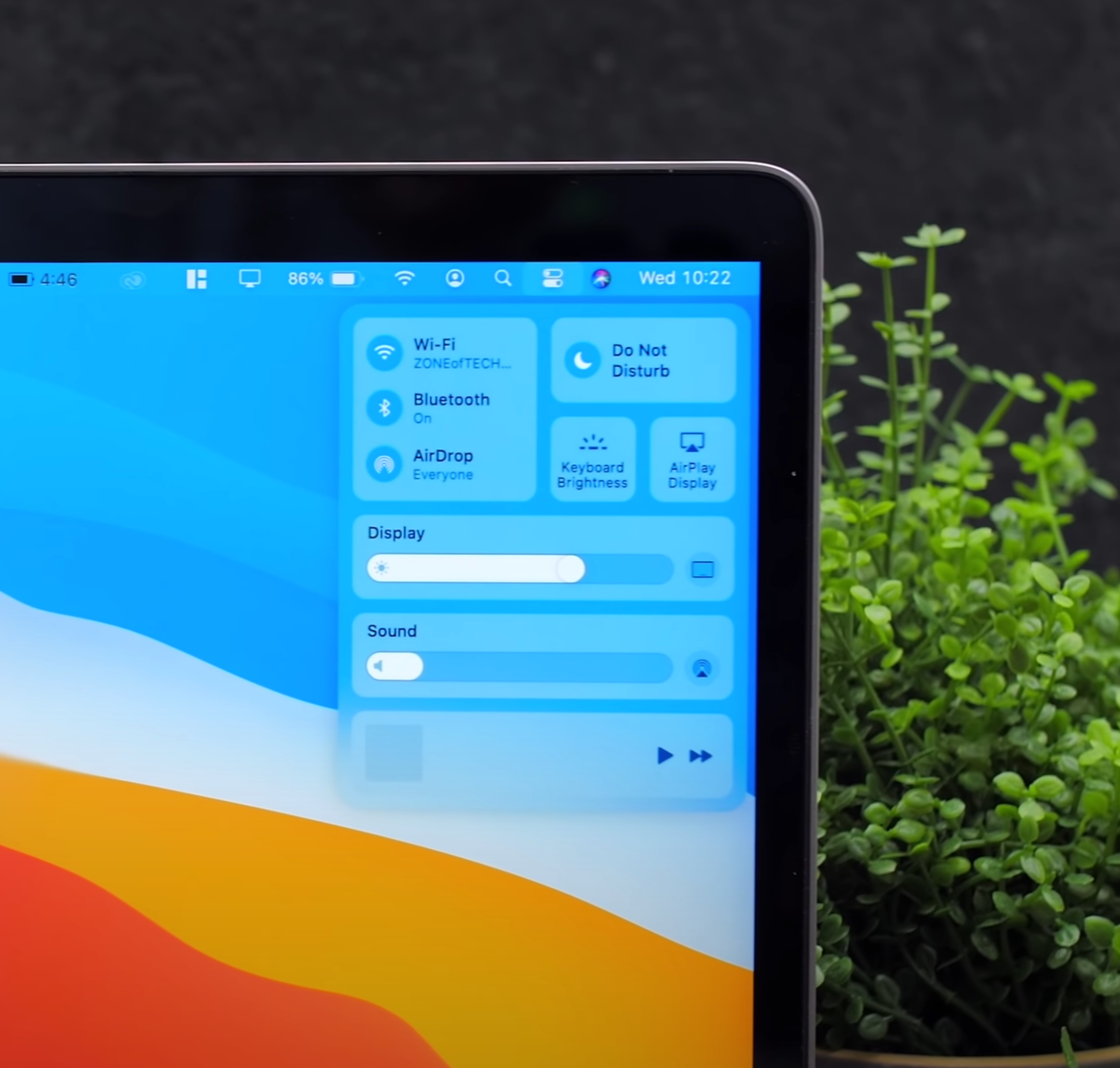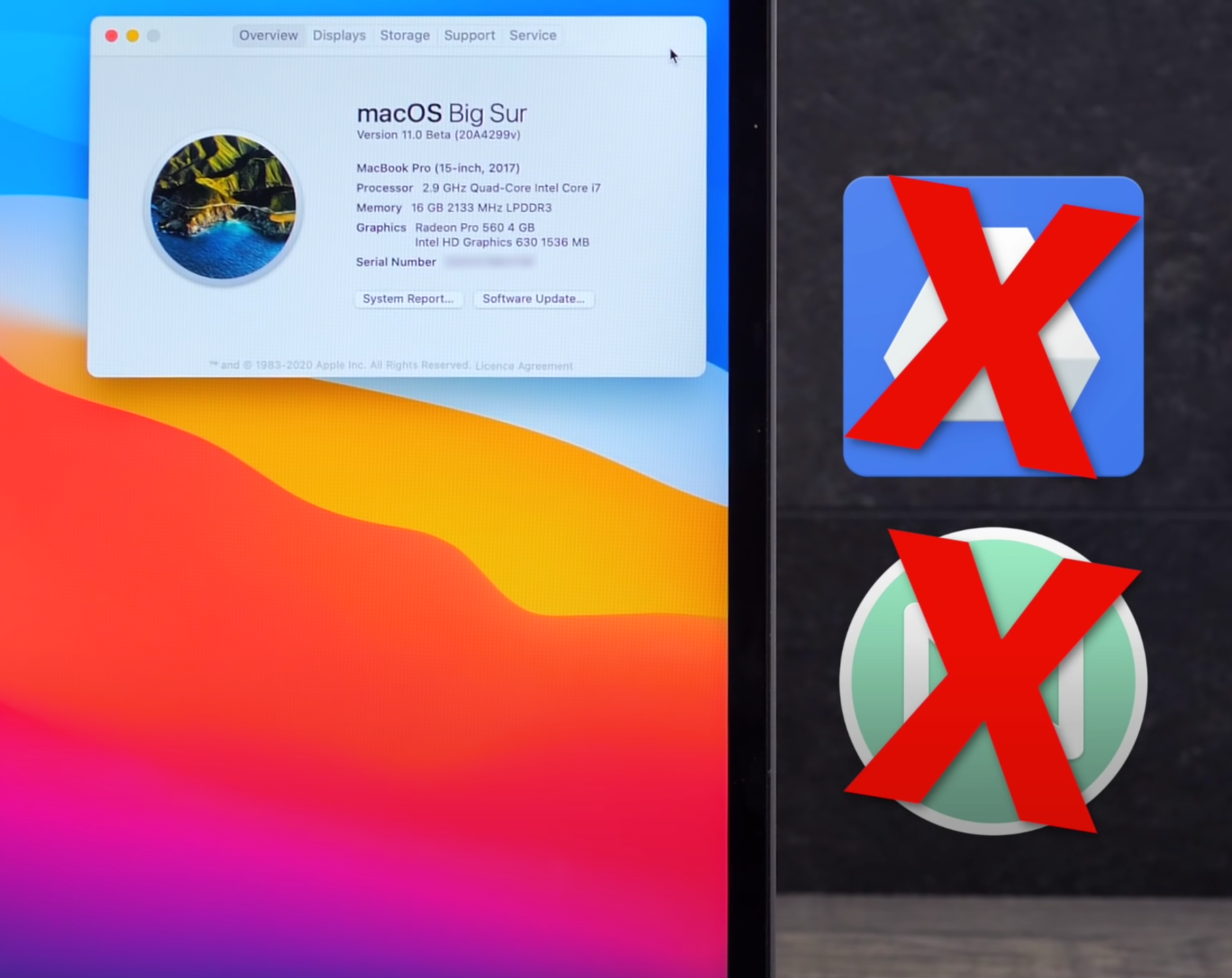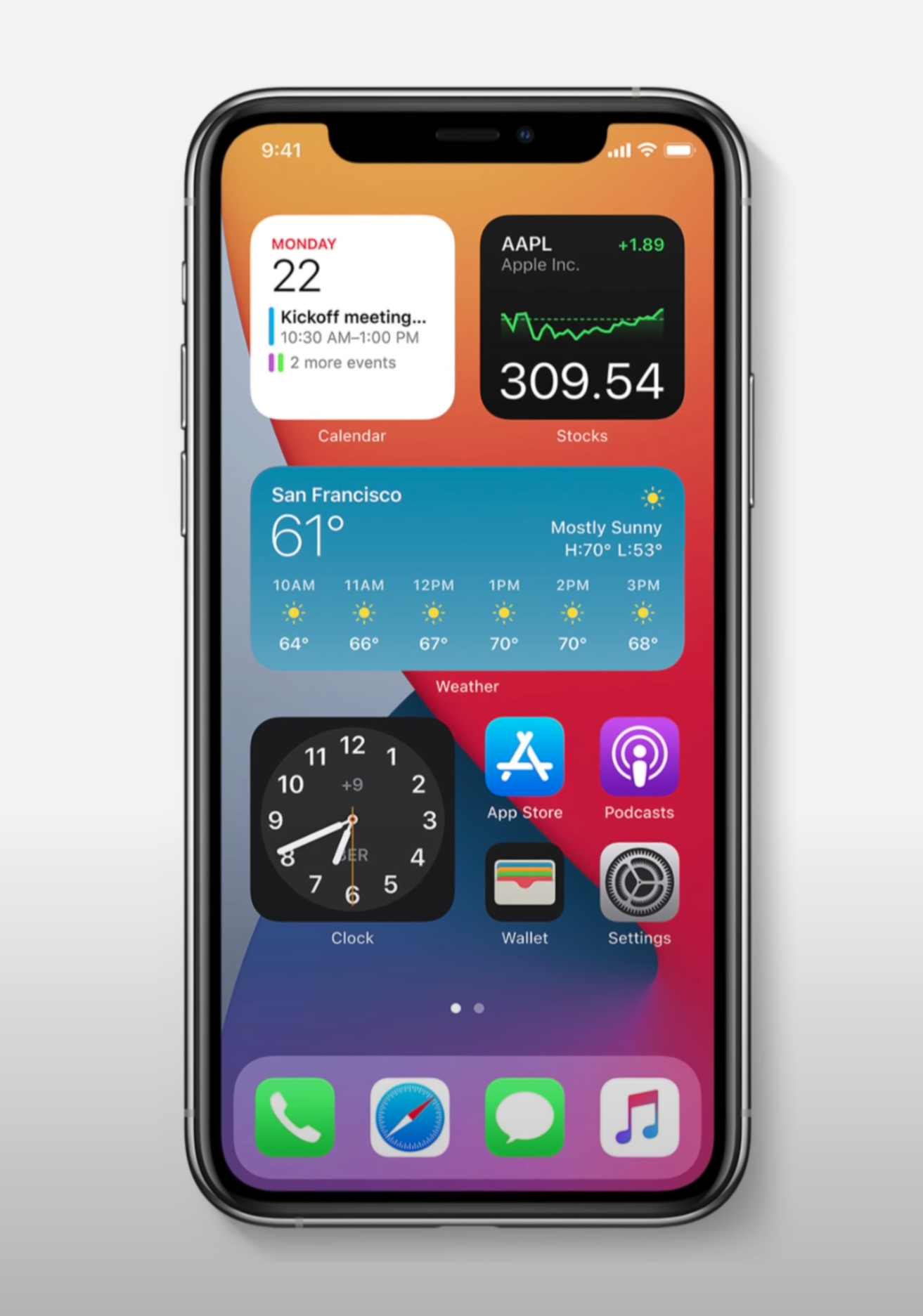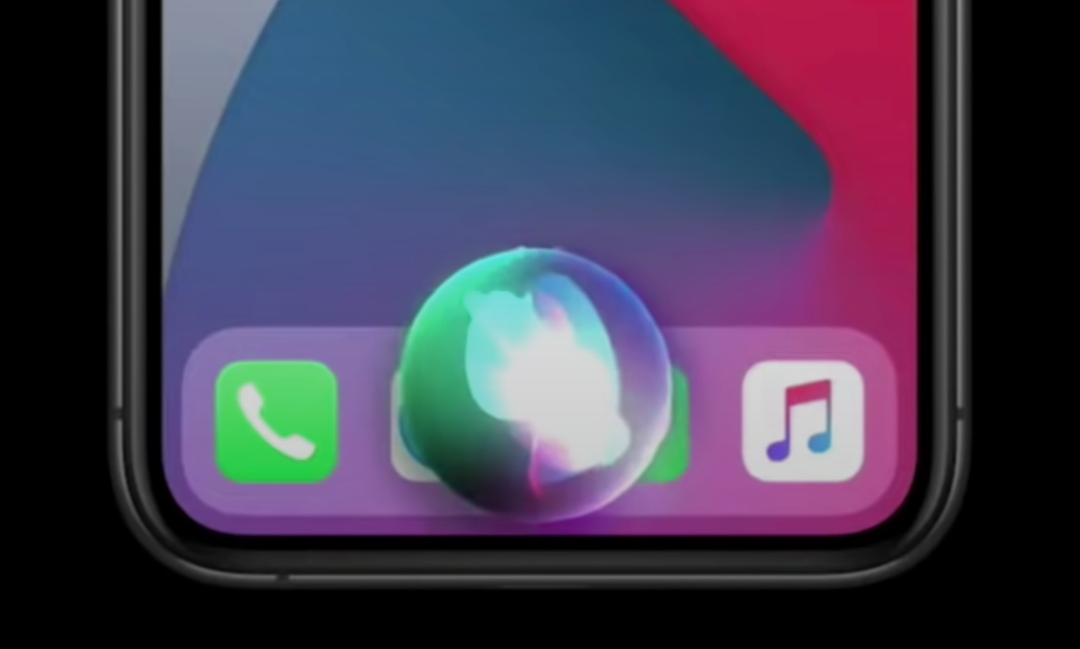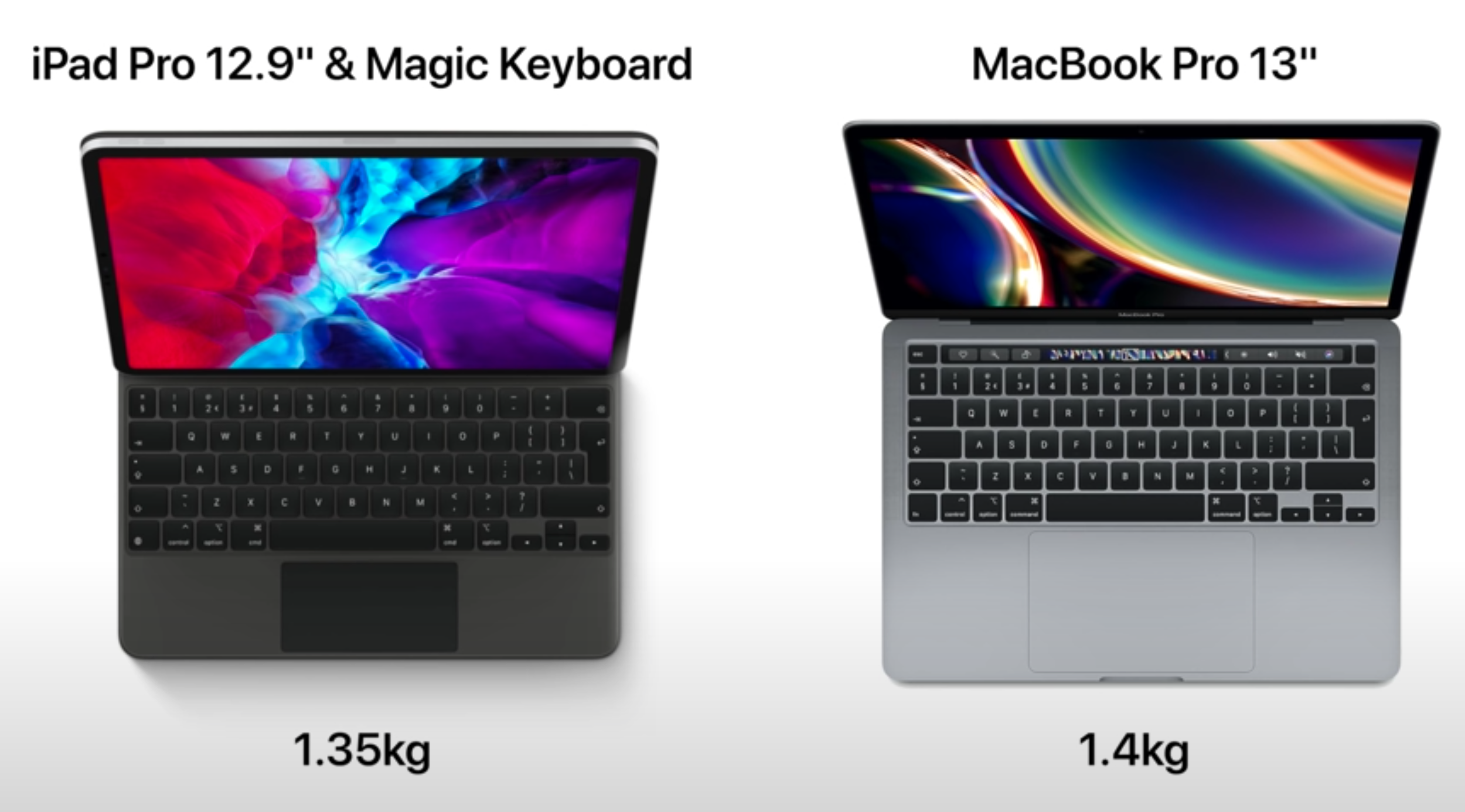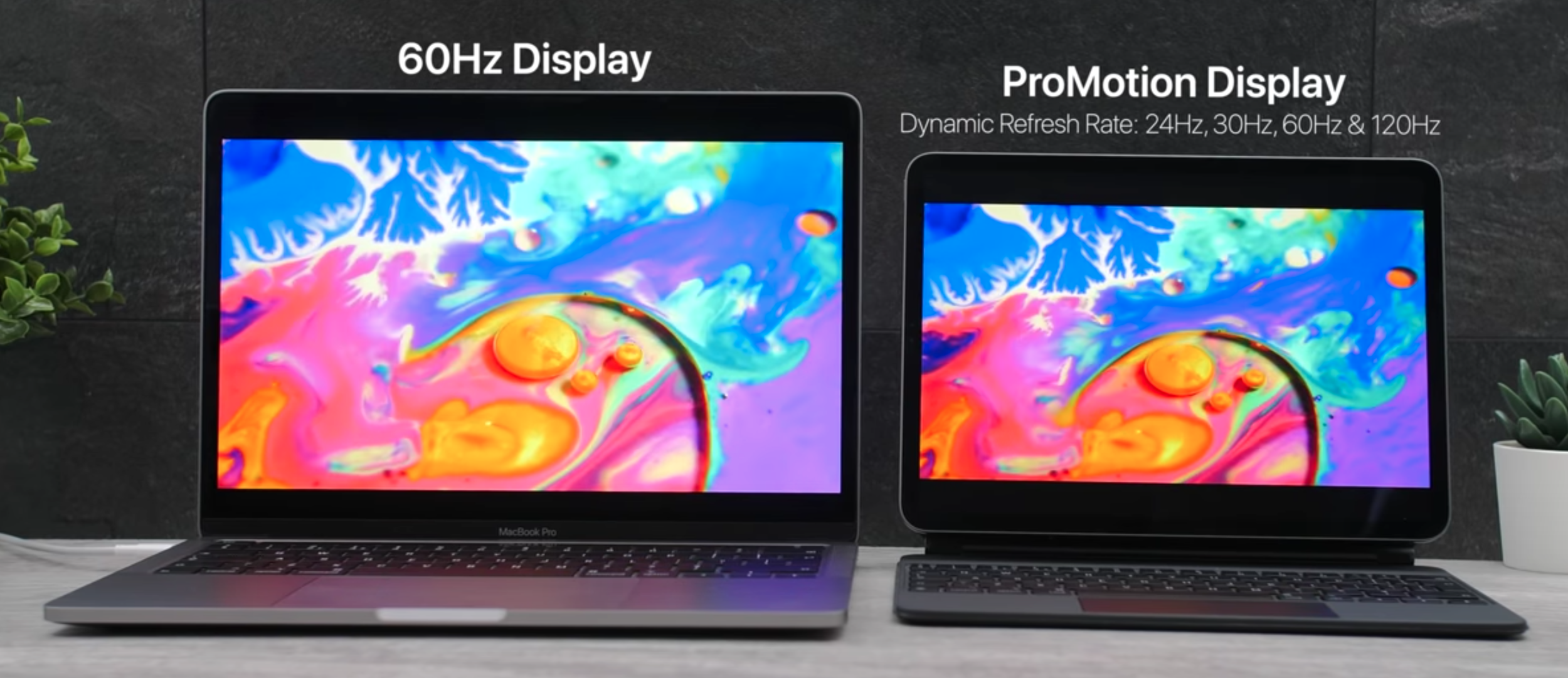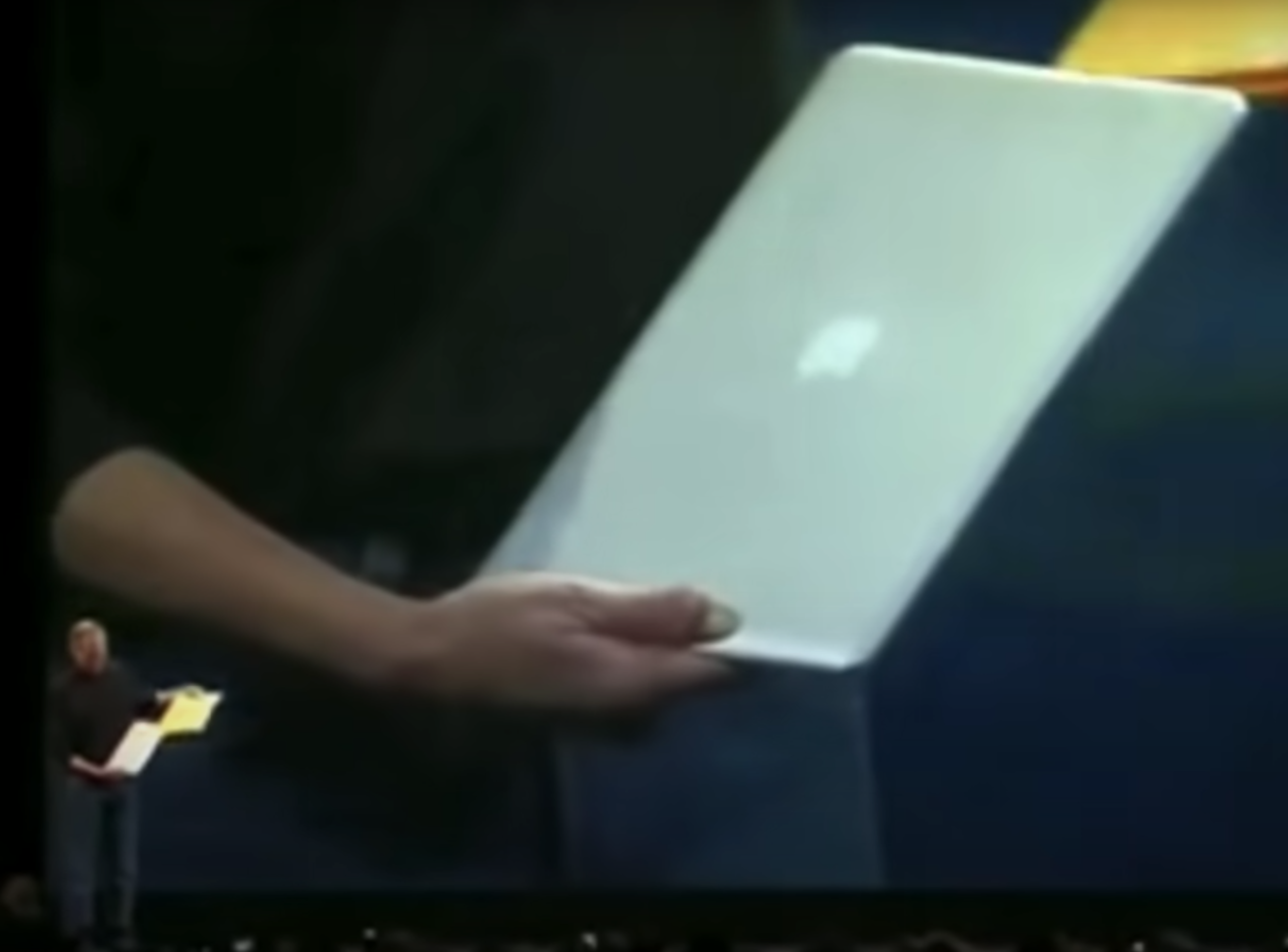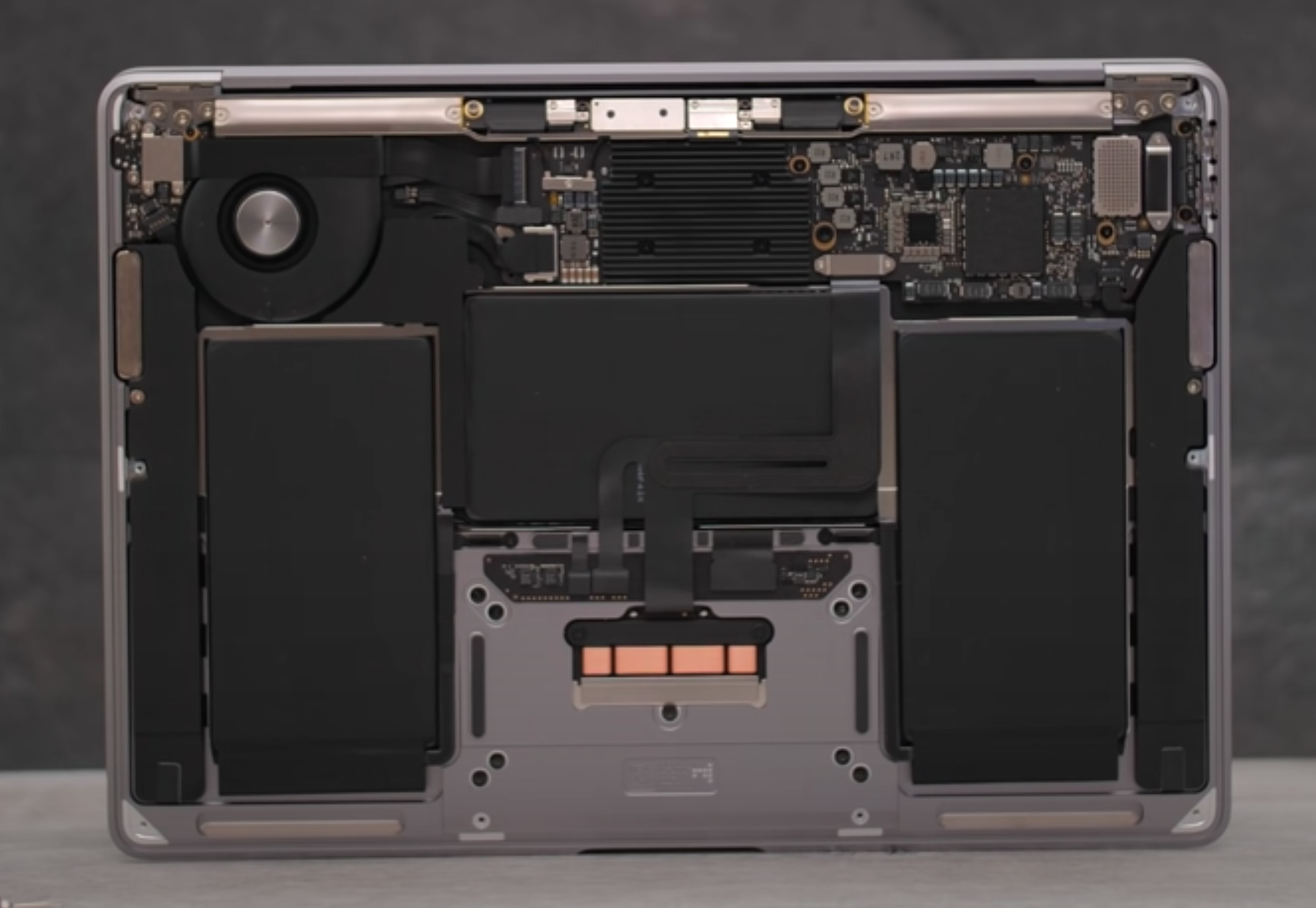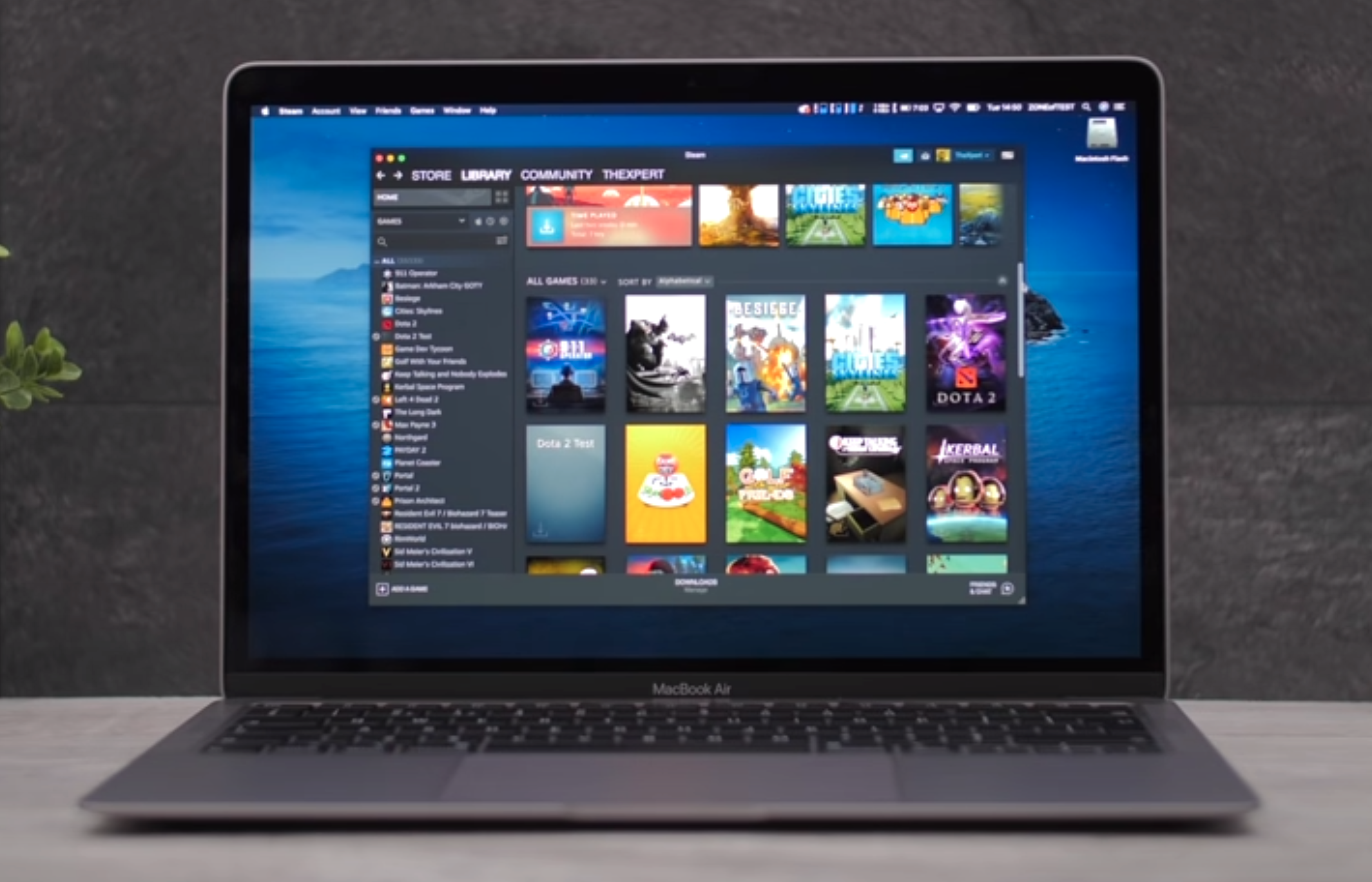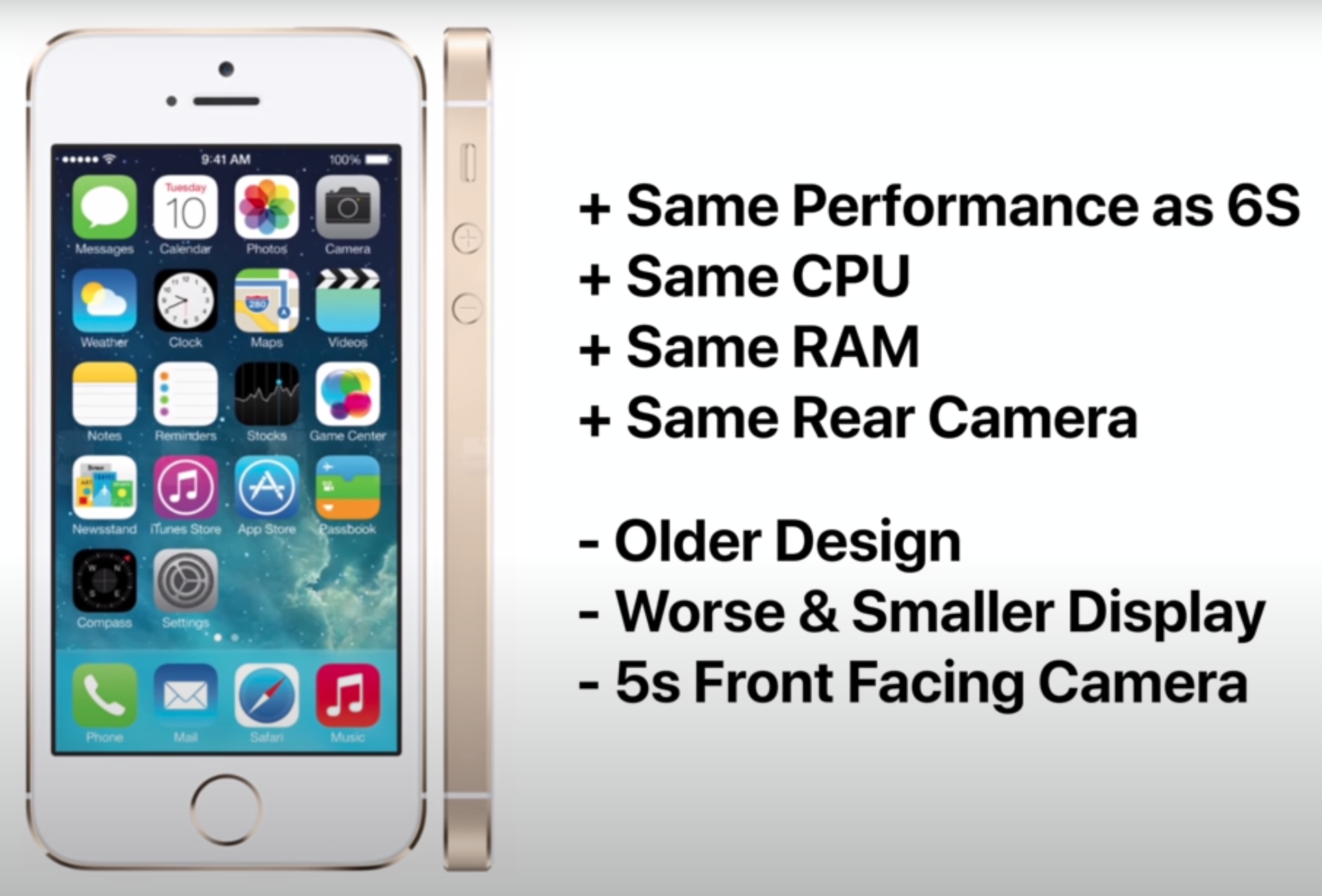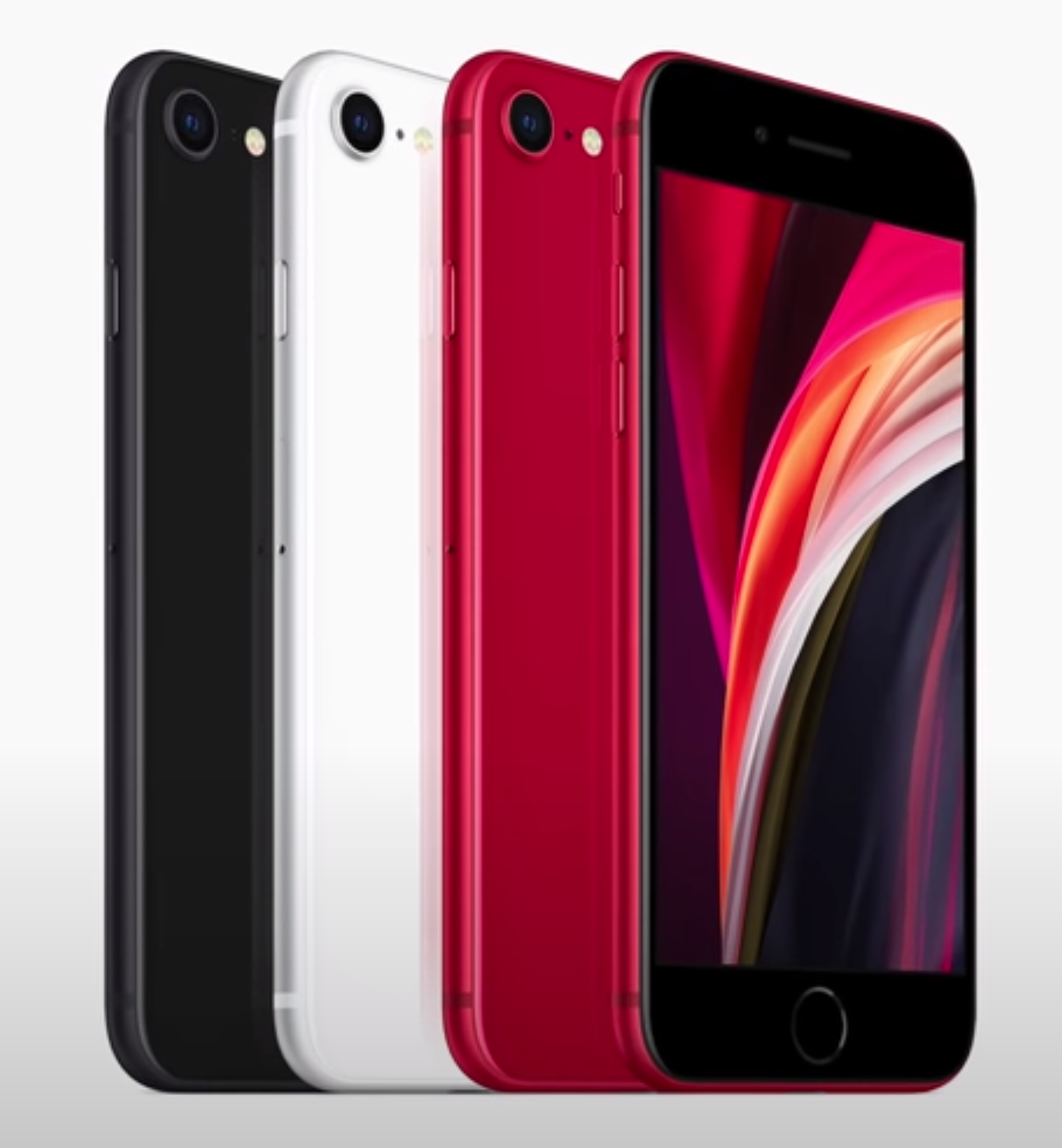So, you would expect the MacBook Pro to just murder the iPad Pro when it comes to performance. But, to my surprise, it was actually the other way around! In GeekBench 5, the iPad Pro scored 1114SC and 4654MC, while the MacBook Pro 13”, with the i5 10th Generation Intel Processor, scored 1128SC and 4370MC, quite a bit lower on the Multi-Core side. Interesting, so what about the GPU?
Well, the iPad Pro 2020 scores 9547 points, while the MacBook Pro scores around 8374 points, sometimes as high as 9960 points. Long story short, it seems like they’re both pretty much identical when it comes to raw performance. In fact, the iPad Pro even appears to be slightly more powerful. If you compare it to the baseline 13” MacBook Pro, the iPad Pro is clearly more powerful when it comes to both the CPU and GPU.
How does this translate to some real world usage? Well, in our video we had the same 4K video timeline, with the same exact 4K60 shots taken from our Panasonic GH5, and they’re pretty demanding on both of these machines, I also added some transitions and titles. This five minute timeline took 2:53 to export on the iPad and 7:27 to export on the MacBook Pro, which is a significant difference. The iPad Pro was more than 2.5x times faster than the MacBook Pro. Obviously, if you have longer and more complex projects, the iPad Pro would have an even bigger advantage.
Now, if you’re into Gaming, and you’re wondering which of these machines is better, the iPad Pro, strangely enough, is a significantly better option. Most of the games on the App Store are Mobile Games, but you do get millions of those and they’re extremely well optimised to run on the iPad. On the MacBook Pro, there are barely any games available. This is because Apple now prefers games to use Metal instead of openGL, macOS Catalina and 32-bit games have been dropped as well. Meaning that those very few games that we had on Steam are now barely even supported, as most games were dropped.
Let’s take a look at Fortnite for example. A game that runs on both platforms. Which machine can run it better? The iPad Pro can run Fortnite in Native Resolution at 2388x1668, on EPIC settings and we’re getting just about 30FPS. That’s extremely impressive because this is literally fully maxed out. If we drop the graphics to Medium, we’re now getting around 76FPS, if we drop them all the way to Low, we’re getting 120FPS. Since the iPad has a 120Hz Display, it means that we can actually see all those individual Frames. The experience running this game on the iPad is just unbelievable, everything is crazy fluid and smooth. Even on Low Settings, I still have the 3D Resolution scaling set to 100%, so this is still running in Native Resolution.
Now, taking a look at the MacBook Pro, I’m running the game in Native Resolution again, so 2560x1600 in this case, which is slightly higher than on the iPad Pro, but not by a lot. It seems like even on Medium Settings, we’re only getting around 17FPS. The game is fully unplayable and even if we drop to Low, we’re only getting 25FPS compared to the 120FPS that the iPad Pro was getting. That’s extremely impressive for the iPad Pro, a Tablet that’s miles thinner than the MacBook Pro and also has no Cooling Fans at all. All the Cooling is done passively and we get significantly better performance for both Video-Editing and Gaming, on the iPad Pro.
But, probably the biggest advantage to the iPad Pro is that it can run both Mobile as well as some Desktop Apps too. These include iMovie, GarageBand, Microsoft Office, Photoshop, Lightroom and more, while the MacBook Pro can only run Desktop Apps. There are a few iOS Apps that have been ported to macOS, thanks to Apple’s Catalyst Tool. So, we do have Apps such as the Home App, News, Apple TV, and more, but the UI still sucks, they’re not that easy to control as they were designed for Touch Input first. The iPad does a much better job at running Desktop Apps such as Photoshop, especially now that we have full Keyboard and Trackpad support.

